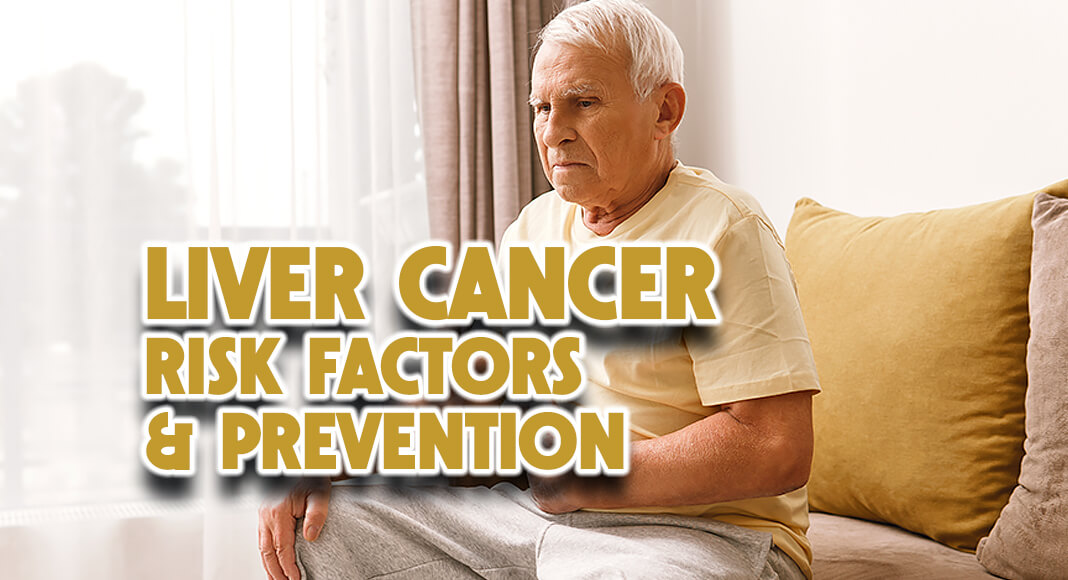
Mega Doctor News
By Laurel Kelly / Mayo Clinic Health
More than 41,000 new cases of primary liver cancer and intrahepatic bile duct cancer will be diagnosed in the U.S. this year, and nearly 30,000 people will die of these diseases, according to the American Cancer Society.
Liver cancer is cancer that begins in the cells of your liver, which is a football-sized organ in the upper right portion of your abdomen. The liver is essential for digesting food and ridding your body of toxic substances.
Intrahepatic bile duct cancer, which sometimes is classified as a type of liver cancer, occurs in the parts of the bile ducts within the liver. Bile ducts carry bile, a digestive fluid, and they connect your liver to your gallbladder and small intestine.
Risk factors
Factors that increase the risk of primary liver cancer include:
- Chronic infection with HBV or HCV.
Chronic infection with the hepatitis B virus (HBV) or hepatitis C virus (HCV) increases your risk of liver cancer. - Cirrhosis.
This progressive and irreversible condition causes scar tissue to form in your liver and increases your chances of developing liver cancer. - Certain inherited liver diseases.
Liver diseases that can increase the risk of liver cancer include hemochromatosis and Wilson’s disease. - Diabetes.
People with this blood sugar disorder have a greater risk of liver cancer than those who don’t have diabetes. - Nonalcoholic fatty liver disease.
An accumulation of fat in the liver increases the risk of liver cancer. - Exposure to aflatoxins.
Aflatoxins are poisons produced by molds that grow on crops that are stored poorly. Grains and nuts can become contaminated with aflatoxins and end up in foods made of these products. - Excessive alcohol consumption.
Consuming more than a moderate amount of alcohol daily over many years can lead to irreversible liver damage and increase your risk of liver cancer.
Prevention
Strategies for preventing liver cancer include:
- Reduce your risk of cirrhosis.
Cirrhosis is scarring of the liver, and it increases the risk of liver cancer. You can reduce your risk of cirrhosis if you drink alcohol in moderation, if at all, and maintain a healthy weight. - Get vaccinated against hepatitis B.
You can reduce your risk of hepatitis B by receiving the hepatitis B vaccine. The vaccine can be given to almost anyone, including infants, older adults and those with compromised immune systems. - Take measures to prevent hepatitis C.
No vaccine for hepatitis C exists, but you can reduce your risk of infection by taking care to avoid unprotected sex with a partner infected with HBV, HCV or any other sexually transmitted infection. Don’t inject illegal drugs. If you do, make sure any needle you use is sterile and don’t share it. And before getting a piercing or tattoo, check out the shops in your area and ask staff members about their safety practices. Needles that are not properly sterilized can spread the hepatitis C virus. - Seek treatment for hepatitis B or hepatitis C.
Treatments are available for hepatitis B and hepatitis C infections. Research shows that treatment can reduce the risk of liver cancer. - Ask your healthcare professional about liver cancer screening.
For the general population, screening for liver cancer hasn’t been proved to reduce the risk of dying of liver cancer, and it isn’t generally recommended. People with conditions that increase the risk of liver cancer, including hepatitis B, hepatitis C and liver cirrhosis, might consider screening. Discuss the pros and cons of screening with your healthcare team. Together you can decide whether screening is right for you based on your risk. Screening typically involves a blood test and an abdominal ultrasound exam every six months.
Connect with others talking about living with liver cancer in the Cancer Support Group on Mayo Clinic Connect, an online patient community moderated by Mayo Clinic.
Information Source: Mayo Clinic Health










